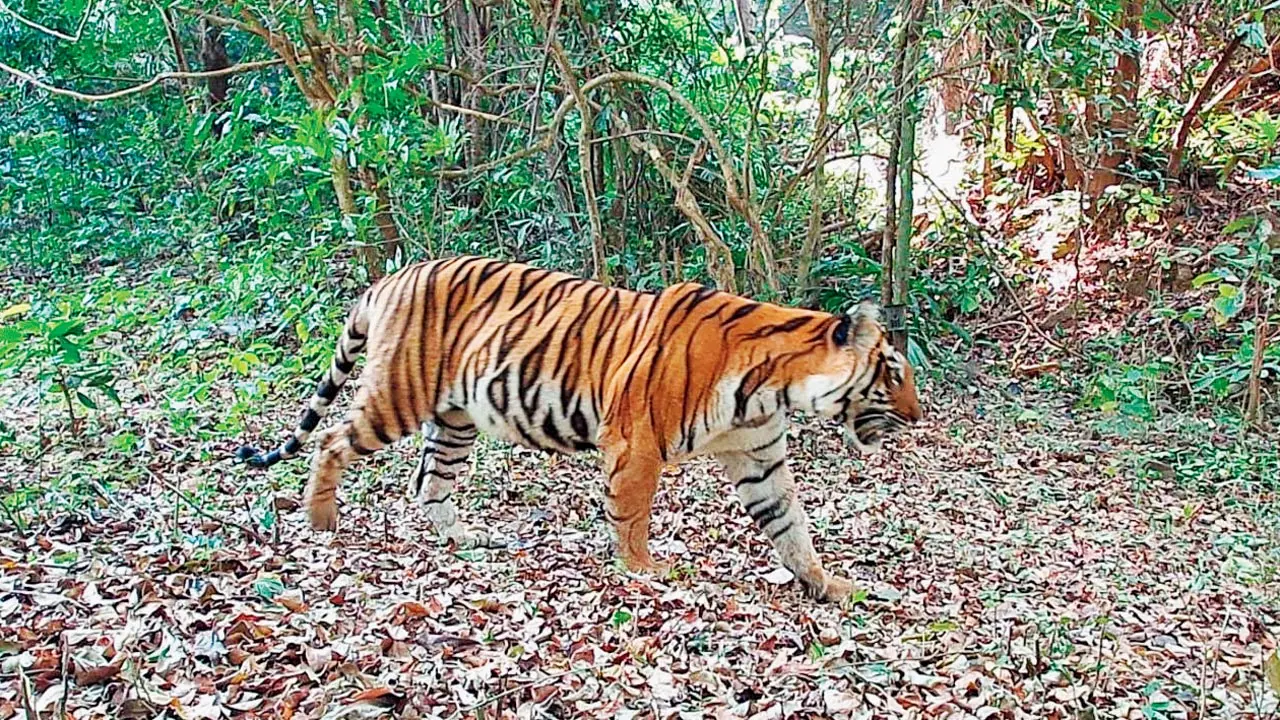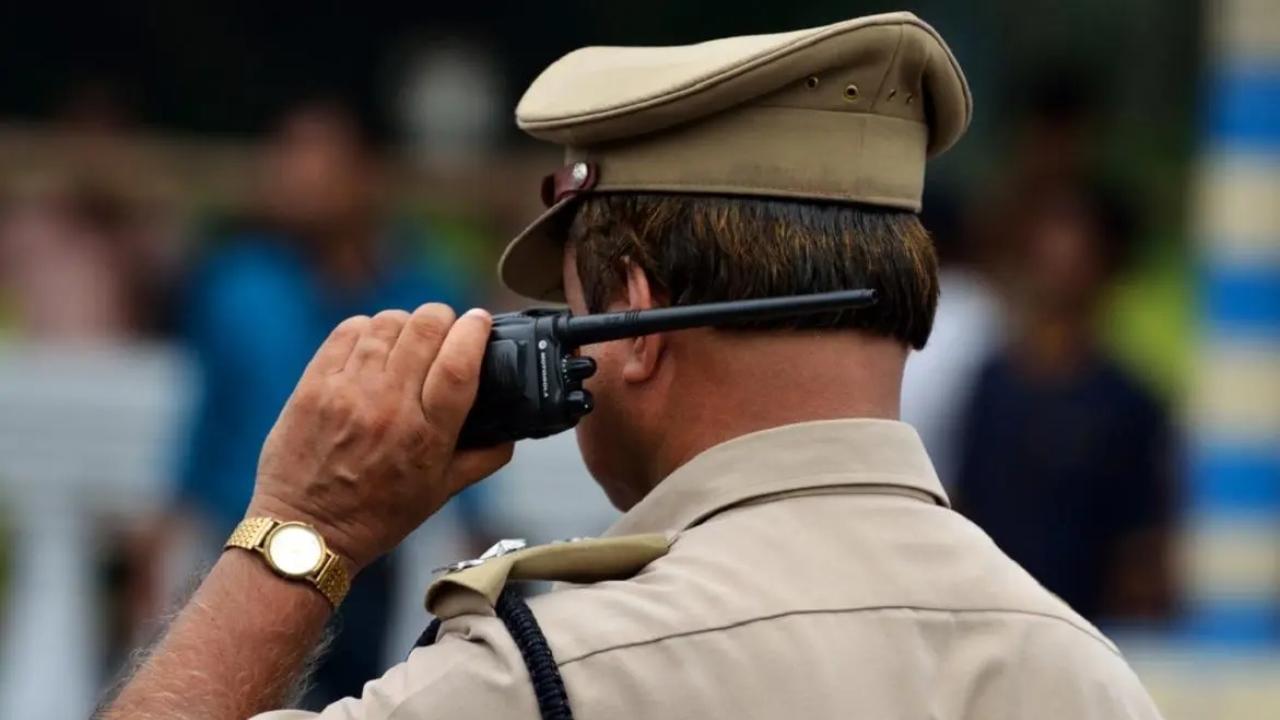What is being called a major boost to tiger conservation efforts in Western Maharashtra, the Ministry of Environment, Forest and Climate Change (MOEF&CC) has approved the translocation of eight tigers (three males and five females) from Tadoba-Andhari Tiger Reserve (TATR) and Pench Tiger Reserve (PTR) to the Sahyadri Tiger Reserve (STR).
In this regard, the Deputy Inspector General of Forests (WL), Dr Surabhi Rai, has written a letter to the Chief Wildlife Warden of the Maharashtra Forest Department. The letter states that the approval has been given in accordance with provision (a) under Section 12 of the Wildlife (Protection) Act, 1972, for the capture of eight tigers (three males and five females) from the TATR and Pench PTR to the STR.
MOEF&CC has laid down certain conditions which state that the capture and translocation shall be undertaken strictly under the supervision of the State Forest Department, adequate veterinary care shall be ensured at all stages of capture and translocation, and all should be done with utmost caution.
“Due care shall also be taken to avoid post-capture complications. It shall be ensured that minimal trauma is caused to the tigers during the entire operation. There shall be regular monitoring during and after the capture and translocation by the Chief Wildlife Warden/State Forest Department, and quarterly reports shall be submitted by the Chief Wildlife Warden to the ministry. The reports on all the previous capture and translocation exercises in which the prior approval was given shall be sent to the ministry through the Chief Wildlife Warden before making any further request,” states a letter from the MOEF&CC.
It may be noted that the Sahyadri Tiger Reserve is an important part of the corridor connecting Tilari, Radhanagari, Chandoli, Koyna and Kali Tiger Reserves in Karnataka.
There are about 32 tigers in this corridor, of which 14 are in the Sahyadri area of Western Maharashtra. The Maharashtra Forest Department plans to reintroduce tigers. Efforts are also being made to increase the tiger prey in the area, like the herbivore species, including Sambar and Chital.
Experts Speak
Wildlife conservationist Kedar Gore from The Corbett Foundation said it is always better to let the tiger population increase organically than to shift tigers from other landscapes, as what has worked in the central Indian landscape may not necessarily work in the hilly areas of the Western Ghats.
“The STR landscape is extremely hilly and will naturally have a lower carrying capacity of tigers than in the central Indian tiger reserves, where the tiger numbers have increased beyond the carrying capacity. Tigers there may be used to feeding on cattle, and therefore releasing them in STR may increase the negative interaction with local communities here. Due to excessive tourism and having a large number of villages in the Tadoba and Pench buffer, the tigers are accustomed to human presence, which may prove to be potentially dangerous in STR,” said Kedar Gore.
Adding further, he said that it would be a much better option to offer stricter protection to STR, curb all kinds of hunting and anthropological pressures, and ensure good habitat connectivity between STR and nearby conservation reserves and other forest areas.
“These would be beneficial enough for tiger populations to organically rise over a period of time. We should not be in a hurry to increase the tiger population in STR. It could be counterproductive in the long term,” added Gore.
Conservation Biologist Girish Punjabi from the Wildlife Conservation Trust (WCT), which has extensively worked in the area for tiger conservation, said, “This would be an experiment. In my opinion, female tigers from the Western Ghats would be better suited. They may adapt readily to the high rainfall, dense forest landscape of STR, which supports moderate prey density. Getting male tigers from Tadoba or Pench is unnecessary at the moment, as one or two males have naturally arrived and already carved out territories in STR. Only time will tell if this experiment succeeds.”
Five
No. of female tigers to be translocated











